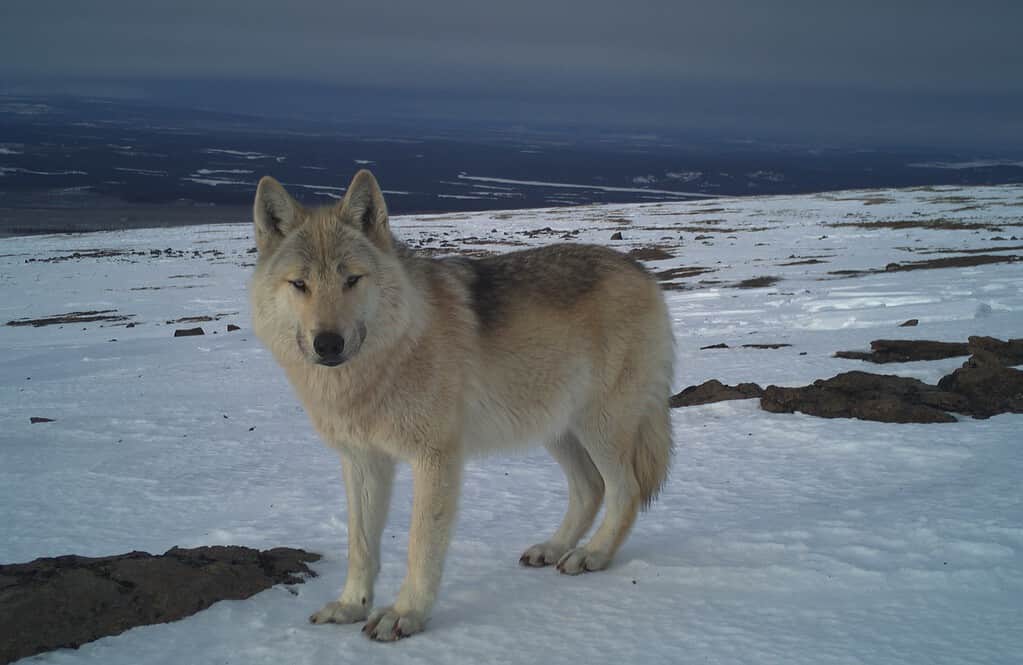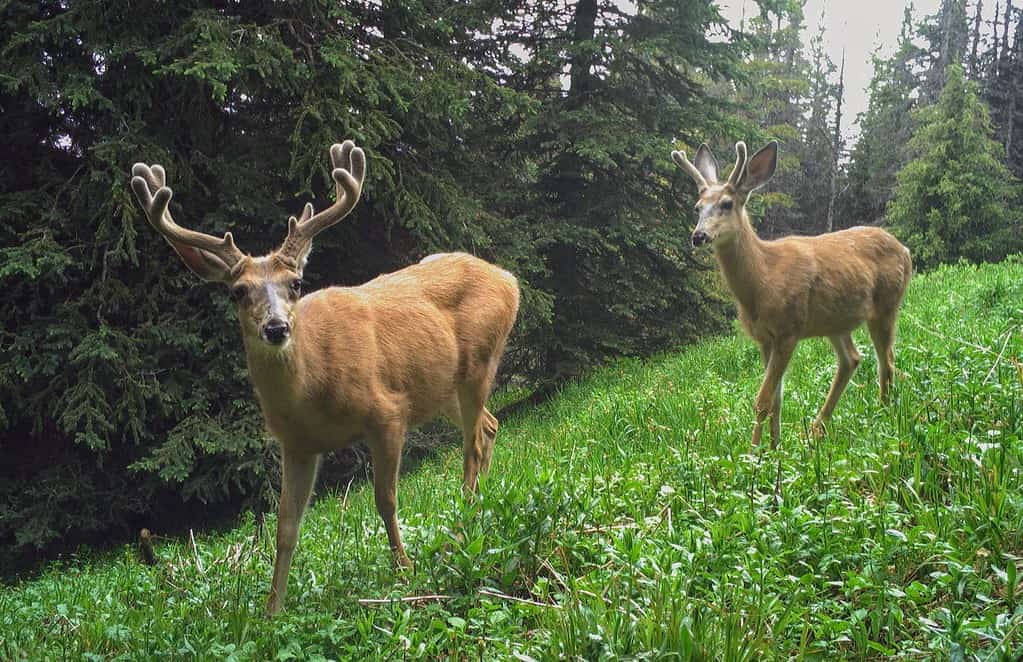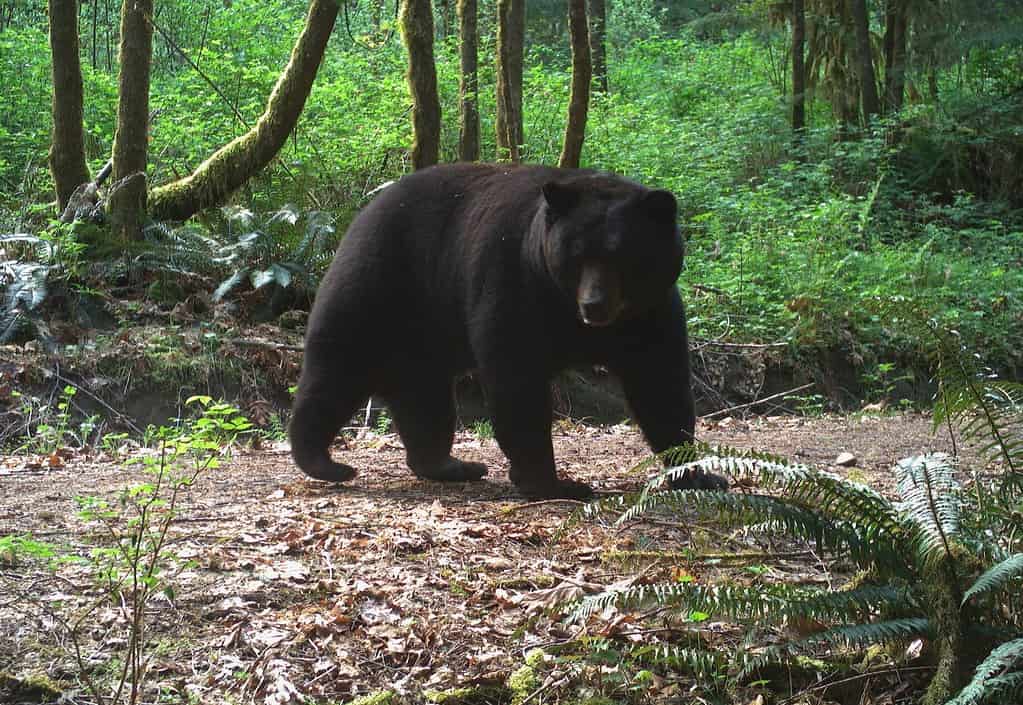As cities quieted and streets emptied during the COVID-19 lockdowns, an unprecedented global experiment unfolded. Well, several experiments unfolded, but here, we’re talking about one regarding wildlife. Suddenly, human activity slowed down and animals could temporarily reclaim some of their territory.
This was unprecedented in modern history, and researchers were excellently poised to study this. Camera traps, strategically placed in habitats ranging from remote forests to urban landscapes, captured the ways animals responded to the sudden retreat of human activity. Contrary to popular belief, nature didn’t “run free” during the lockdowns. Instead, a new study shows just how much we’re affecting wildlife — even when we’re not around.

“Nature is healing”
As many of us were cooped up inside dealing with the COVID-19 pandemic, something unexpected started happening. Nature around cities seemed to be doing better. “Here’s an unexpected side effect of the pandemic — the water flowing through the canals of Venice is clear for the first time in forever. The fish are visible, the swans returned,” one viral Tweet mentioned. Several tweets from different regions of the planet started echoing this. There were dolphins in the Hudson river, elephants in the Yunan province in China, Los Angeles’ famed smog dissipated, and wild animals were reportedly reclaiming cities. “Nature is healing” became a prevalent narrative at the time.
But nature wasn’t really healing as it seemed.
The new study marked a collaboration of researchers from 161 institutions in 21 countries that shared data from before and during the COVID-19 lockdowns.
“COVID-19 mobility restrictions gave researchers a truly unique opportunity to study how animals responded when the number of people sharing their landscape changed drastically over a relatively short period,” said lead author Dr. Cole Burton, an associate professor of forest resources management at UBC and Canada Research Chair in Terrestrial Mammal Conservation.
“And contrary to the popular narratives that emerged around that time, we did not see an overall pattern of ‘wildlife running free’ while humans sheltered in place. Rather, we saw great variation in activity patterns of people and wildlife, with the most striking trends being that animal responses depended on landscape conditions and their position in the food chain.”
We’re the problem
The authors found different patterns in rural and urban areas. For instance, mammal activity in urban areas increased by around 25% during the lockdowns. Meanwhile, in rural areas, activity didn’t change that much and, in some instances, even decreased.
Not all animals reacted the same way, either. Large herbivores were more active, while carnivore activity decreased. Mammals also shifted their time of activity, altering their diurnal/nocturnal pattern.
“We observed a lot of variation in responses across animal populations, but an interesting pattern was that, on average, animals in more developed or urbanizing landscapes tended to have higher activity when human activity was higher, but they shifted their activity to be more at night,” Burton told ZME Science.
“This suggests to us that animals in these more urban environments are more used to people — what we call habituated — and may, in fact, be attracted to people for reasons such as extra food (e.g. gardens, garbage) or protection from predator species that avoid people. This could be good for those animals, in that they have access to these human-dominated ecosystems, but it could also be bad if that leads to more conflict. It is also worth emphasizing that sensitive species no longer occur in the most developed landscapes; for instance, species like wolves and wolverines only occur in the more remote landscapes with less development.”

Global and local stories
This new study offers global perspectives, but also shows a lot of remarkable local stories, Burton told ZME Science.
“Since we looked across so many areas and animal populations there are a lot of interesting local stories. One interesting one here in British Columbia was that black-tailed deer were more abundant and active in a provincial park near Vancouver (Golden Ears park) after the park re-opened following strict lockdowns and there were many people using the park. This counterintuitive result was likely due to the fact that cougars, the major predator of the deer, increased when people were absent during the lockdown, but then decreased their use of the park when it reopened. So, we think the deer were responding to the predator behaviour and using people as a sort of “shield”. But they became more active at night to avoid too many encounters with people.”
An important takeaway from all these local differences is that there’s no “one size fits” all approach to animal conservation. For instance, Cole says, in remote areas, responsible parties may need to restrict human access and put limits on the number of tourists, particularly during crowded periods. Conversely, in areas where animals are more tolerant of higher levels of human activity, we may need to restrict human uses of green spaces at night to protect the nighttime refuges, so that animals can access resources under the cover of darkness.
At the same time, it’s important to make sure people do not encourage conflicts in these areas by leaving out garbage or similar items that may attract animals too close to people’s homes.

This can be a conservation win
The study came with some surprising conclusions, but these conclusions can be used to draw up better conservation strategies.
The first important thing, says Cole, is to be aware of how we might be affecting animals — both directly (when we use the same environment) and indirectly (when our consumption affects ecosystems in different places).
“We need to try to alter our consumption to support more “wildlife friendly” practices (e.g., sustainable agriculture and forestry) and we need to respect the fact that we may not always be able to access remote areas for things like outdoor recreation or resource extraction — if these areas need to be protected as refuges for wildlife.”
Specific policies adapted to local context can also ensure more sustainable economic activities that actually help animals. Simply put, this is valuable information that the researchers have uncovered — it would be a shame not to use it.
“In remote areas with limited human infrastructure, the effects of our actual presence on wildlife may be particularly strong. To give wild animals the space they need, we may consider setting aside protected areas or movement corridors free of human activity, or consider seasonal restrictions, like temporary closures of campsites or hiking trails during migratory or breeding seasons,” concludes study co-author and UBC biologist Dr. Kaitlyn Gaynor.
The study was published in Nature Ecology and Evolution.









